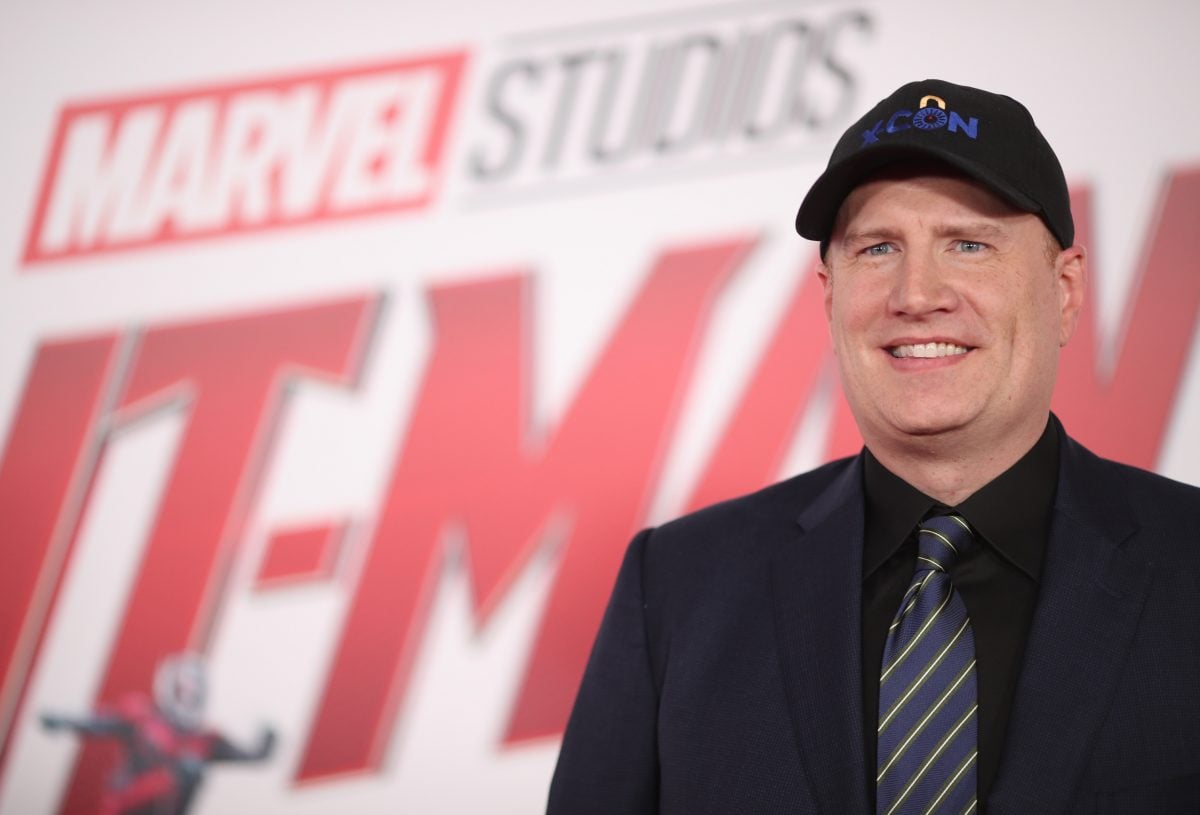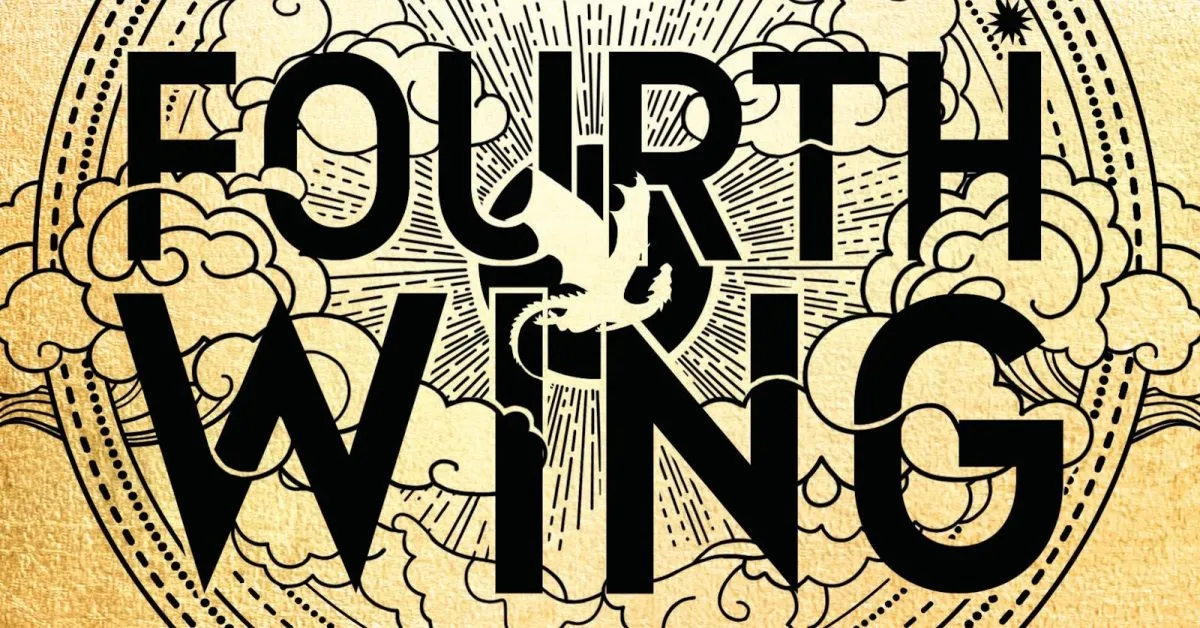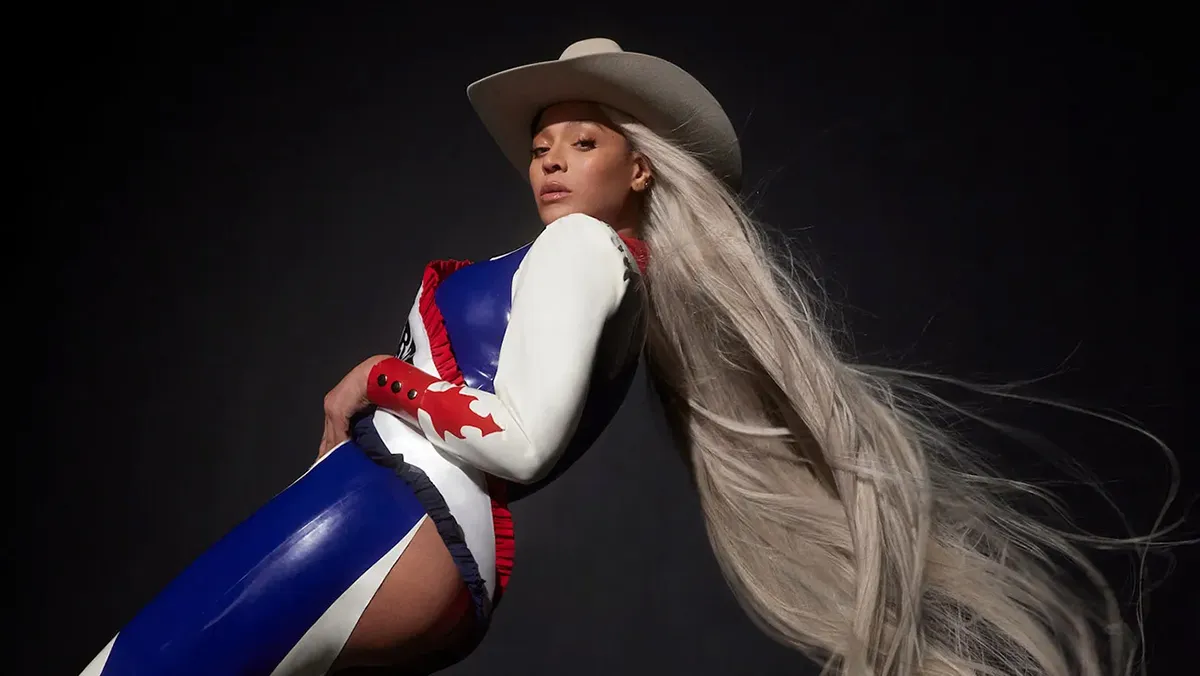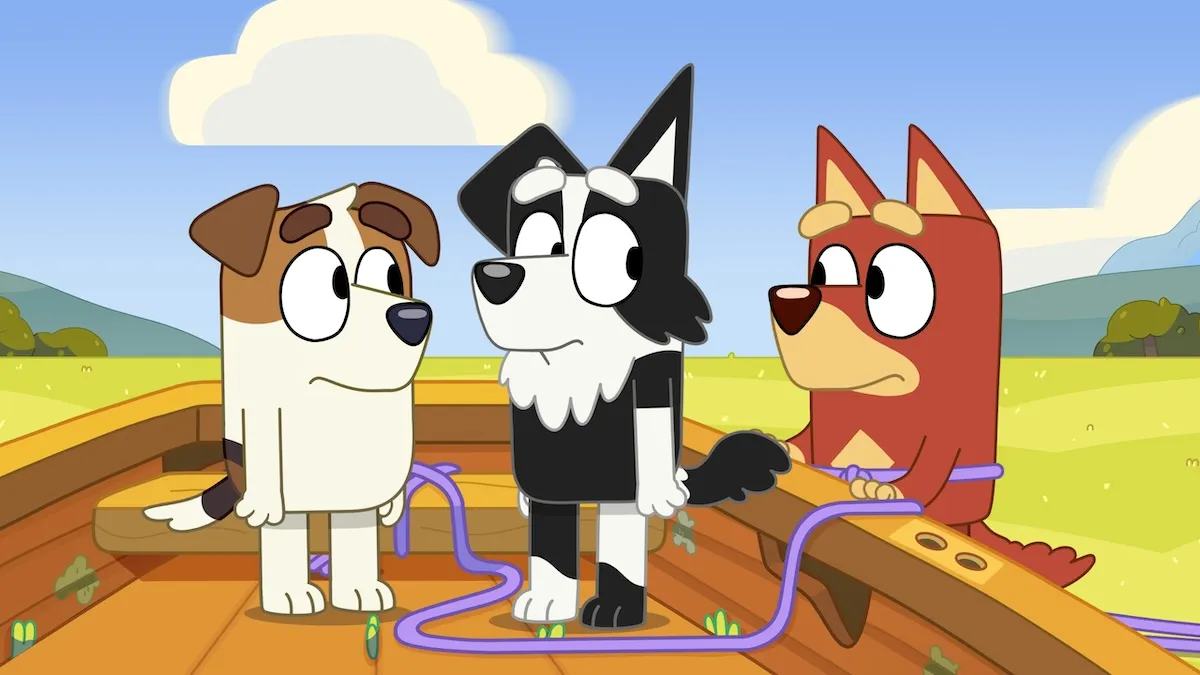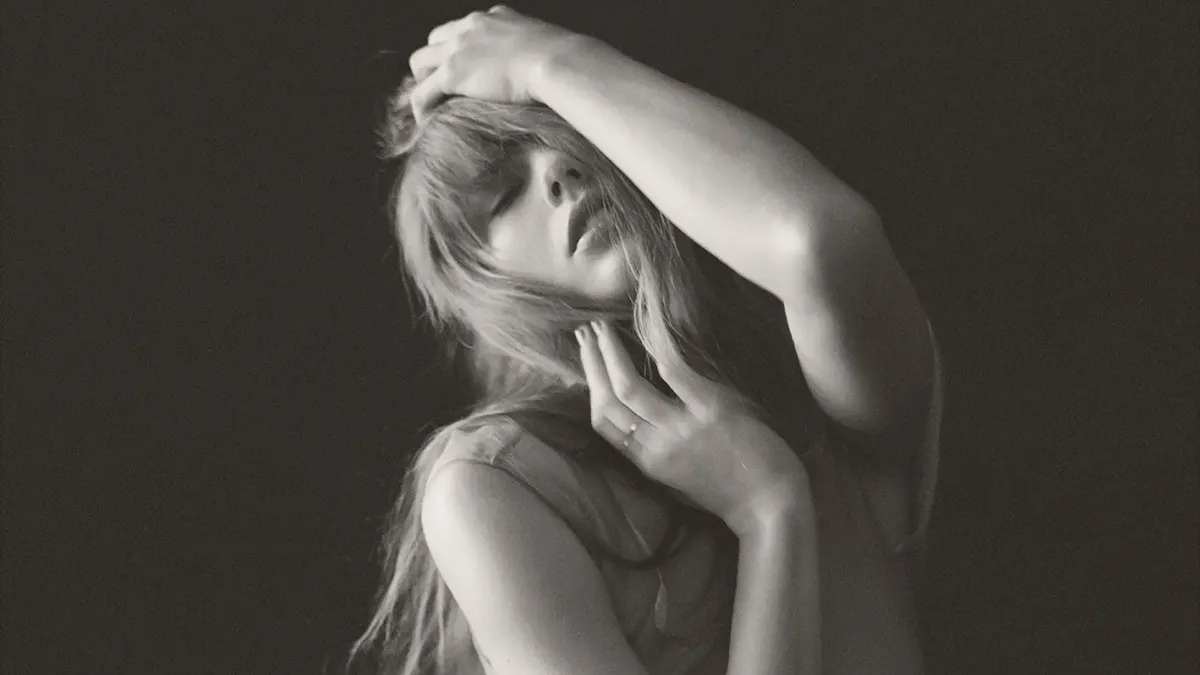San Diego Comic-Con 2022 just wrapped up, and Marvel truly outdid themselves as they bombarded fans with an impressive slate of upcoming projects. Marvel Studios president Kevin Feige announced their plans for both Phase 5 and Phase 6 of the Marvel Cinematic Universe. So far, between 2023 and 2026, the MCU is slated to release a staggering 9 films and 6 TV series. Among the new projects are the likes of Fantastic Four, Thunderbolts, two Avengers films, and a Daredevil TV series. The packed SDCC has left Marvel fans excited for the future, but also with quite a bit of content to digest, but it’s not just a lot for us.
With so many films and series releasing back-to-back, we can’t help but wonder about the behind-the-scenes working environment at Marvel Studios and the companies they work with to make their movies and TV series possible. Over the years, several troubling stories have arisen that allege Marvel has harsh working conditions for VFX artists, alongside news of comic book creators not reaping the benefits of the onscreen success of their creations.
Overworking or underpaying employees is never acceptable, but it is even more abhorrent when it happens at a company like Marvel—not to mention their parent company, Disney. The MCU is the highest-grossing movie franchise of all time. This fact makes it shocking that comic book creators aren’t making an enormous profit off of the success they helped build. The tales of VFX artists also raises the question of what the cost is for the MCU’s success and high production rate?
Marvel’s underpaid and overworked VFX artists
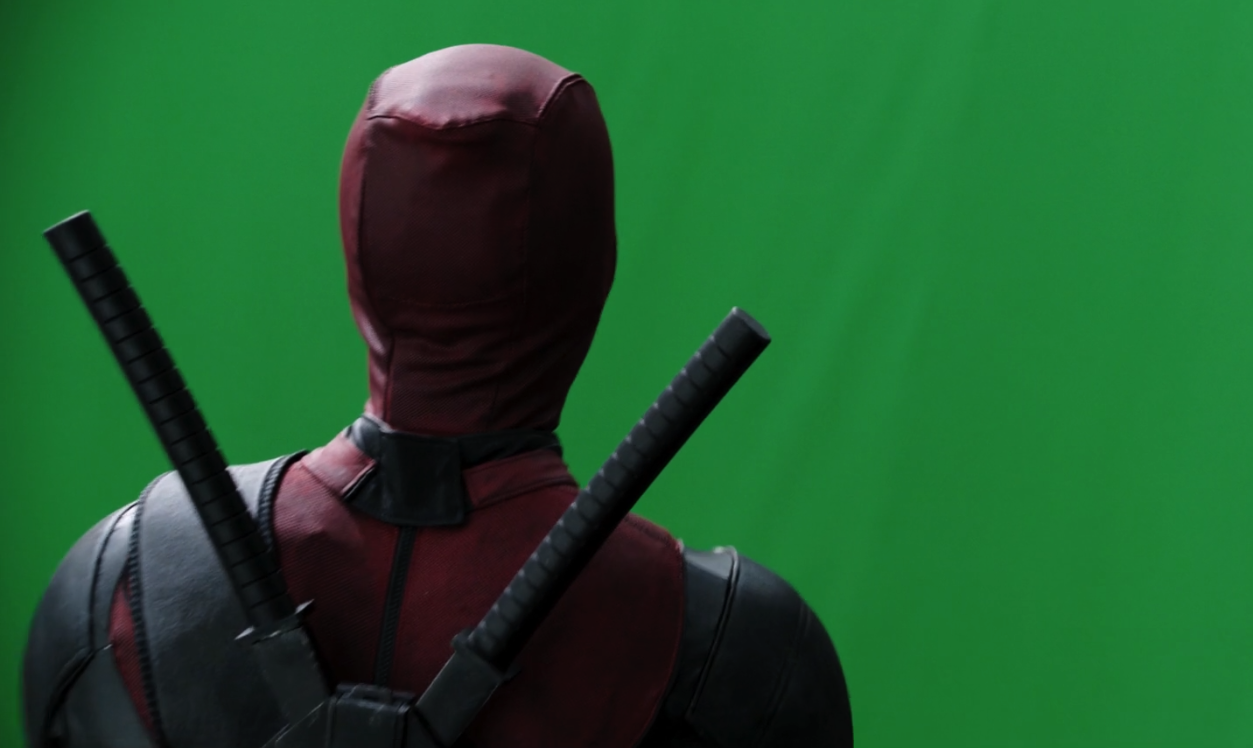
On July 26, 2022, an anonymous VFX artist took to Vulture, expressing their deep frustration with Marvel. The artist reiterated that they’d heard others say they’re tried of getting “pixel-fucked” by Marvel—meaning, they explain, that Marvel is meddling in every minor detail of the project and asking for excessive changes, sometimes major ones very late in production. Nitpicking isn’t the main problem with the MCU, though. The real problem is bullying power and inexperienced directors. Though they don’t necessarily directly employ these artists, Marvel has enormous power over the VFX studios that do because, Vulture’s anonymous source says, if an artist upsets the studio, there’s a high chance of being blacklisted and not getting projects in the future.
The studios want to land the gigs, the artist says, which means under-bidding the competition and accepting less than industry standard compensation—despite that Marvel can absolutely afford better rates. That results in small teams and, of course, ridiculous working schedules to make up for the lack of funds to hire more staff. Sure, the VFX businesses have some part in this due to the bidding, but being the juggernaut that it is, Marvel is the one with all the power over the situation.
All that’s compounded by the aforementioned unreasonable demands and tight deadlines, the artist told Vulture, because the directors tend to know little-to-nothing about VFX. As a result, they have impossible demands, such as expecting to have completed VFX sequenced within weeks, changing their minds last-minute, and asking for changes even if they don’t know what they want.
The environment is reportedly so bad that a subreddit, r/VFX, has led to an outpouring of further allegations against Marvel‘s working conditions. Many Marvel artists repeated the Vulture article author’s description of being overworked, underpaid, and badly mismanaged. Some VFX artists even now staunchly refuse to work for Marvel, despite the studio’s massively high profile.
Marvel’s convoluted compensation system for comic creators
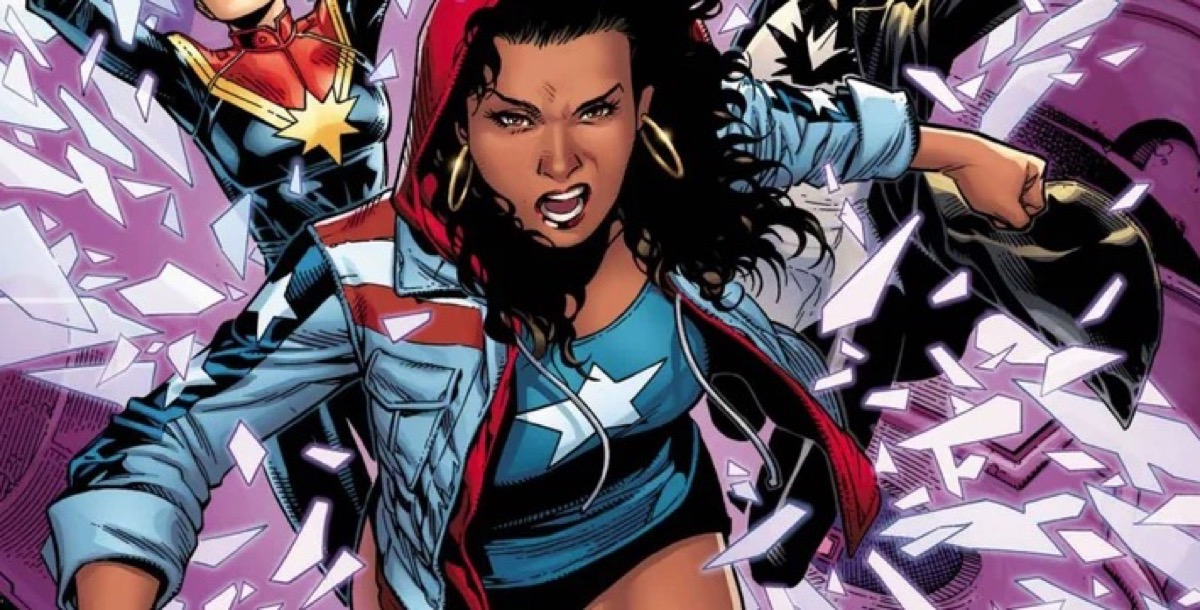
Additionally, Marvel has been accused of using a “labyrinthine” compensation system for comic book creators. An example of this tricky system comes from writer Devin Grayson and artist J. G. Jones, the comic creators behind the character Yelena Belova, who featured significantly in Black Widow—and whose story has continued since—portrayed by Florence Pugh. Grayson and Jones anticipated receiving, at minimum, $25,000 for Belova’s appearance in the film. After all, this is what their Special Character Agreement seemingly outlined. Hence, they were shocked to discover their earnings had dwindled down to about $5,000 after the fact.
Buried within the contract, The Hollywood Reporter reports, was confusing language that granted Marvel the right to dramatically lower payments. Grayson and Jones learned that the $25,000 sum was to be split between writer and artist, cutting their earnings to $12,500 each. Additionally, when there are multiple creators who signed a Special Character Agreement for one film, the sum is apparently split between all creators. This means the creators behind characters like the Red Guardian and Melina Vostokoff likely shared the $25,000 sum with Grayson and Jones.
Grayson alleged that the language was extremely misleading, as the $25,000 was prominently listed on the paperwork. She’s not the only one who has fallen prey to one of Marvel’s contract loopholes. In certain films, Marvel shrunk payments by classifying some creators’ characters as cameo appearances. This doesn’t mean it was actually a cameo appearance—it just means the character had less than 15% screen time, which means, if a character’s screen time was a few seconds short of 22.5 minutes in a 2.5-hour film, it’s classified as a cameo. Some creators, like Joe Casey, co-creator of America Chavez, received no payment at all after refusing to sign the “insulting” and misleading agreements.
Marvel Studios’ production increase marches on
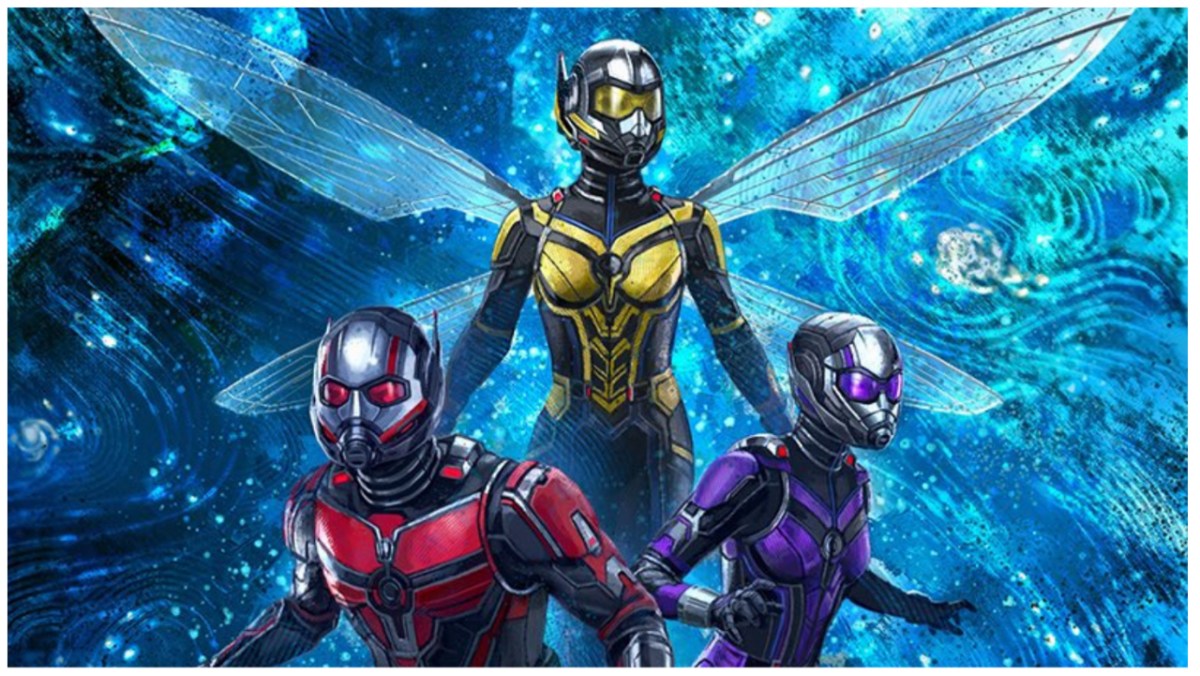
Now, alongside this rise in troubling stories, is a rise in Marvel’s production. In previous years, the MCU has generally averaged about 1–3 films per year. However, keep in mind, this was the number for many years before they also started producing TV series in addition to films. Now, next year, the MCU will be releasing 4 films and, potentially, 5 TV series. The uptick in production is definitely noticeable.
So, we must ask what exactly this means for workers. If the MCU doesn’t fix its handling of the VFX department, there are many artists who seem ready to walk away completely. The shared sentiment among their stories is “It’s not worth it.” This, of course, means that these VFX departments working on Marvel films will only become more understaffed, and what then? Will the artists have to work 70-hour weeks instead of 64? How many mental breakdowns and resignations have to occur—and the artist who spoke to Vulture said they’ve seen plenty—before Marvel cares?
Also, how long until Marvel, and Disney as a whole, answers for what can potentially be described as wage theft? It’s not limited to Marvel. It’s a widespread problem, as estimates suggest Disney may have cheated hundreds of writers and artists out of thousands of dollars each. Surely, a multi-billion-dollar franchise can’t continue to get away with not paying the comic book creators who made their success possible.
Working conditions and compensation are things that should be addressed before Marvel makes the decision to continue increasing their production, and we shouldn’t overlook those issues in the excitement for all the new announcements. There’s a human cost to this incredible array of content.
(featured image: Christopher Polk/Getty Images)



